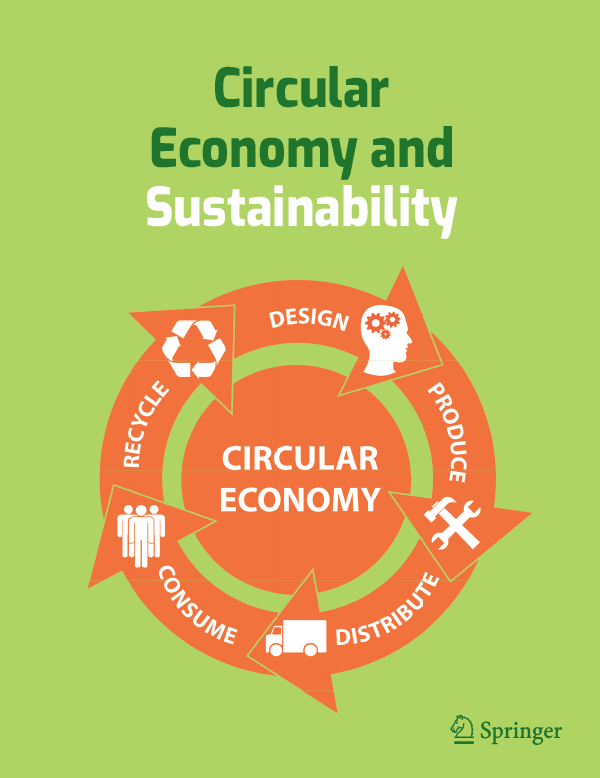
Match Circular Economy and Urban Sustainability (2021) Liang Dong et al.
The population is growing and by 2050, 70% of the population will live in cities. Cities are already responsible for most of the environmental footprint, in terms of carbon and resources.
Cities are therefore a critical point in the face of climate change and carbon footprint, so it is essential to move towards urban sustainability and to this end the united nations in 2015 proposed the 17 SDGs.
City is a hub of bulky resources and energy metabolism but also intensive socioeconomic activities, targeting to provide desired outputs for human beings, such as better quality of life and social equity .
Circular economy offers an innovative pathway to forward urban sustainability transition, from a linear economy to a final stage of more ecological harmonious eco-city.
An inclusive city has to be inclusive in at least three dimensions: social, economic and environmental; an inclusive circular economy is proposed with its roadmap and policy recommendations, for a future transition to urban sustainability.
According to the matching analysing between circular economy and SDGs leads to two conclusions: on the one hand, circular economy improves most of the SDGs and on the other hand many trade-offs should not be ignored and proper countermeasures could be enhanced to tackle this challenger. Fundamentally, these results can support an equilibrium decisión-making on circular economy promotion in cities, rather than an optimun solution to single target under the triple bottom line of sustainability.
Josefina García-León
Universidad Politécnica de Cartagena
Dong, Liang, Zhaowen Liu, and Yuli Bian. “Match Circular Economy
and Urban Sustainability: Re-investigating Circular Economy under Sustainable Development Goals (SDGs).” Circular Economy and Sustainability 1, no. 1 (2021): 243–56.
